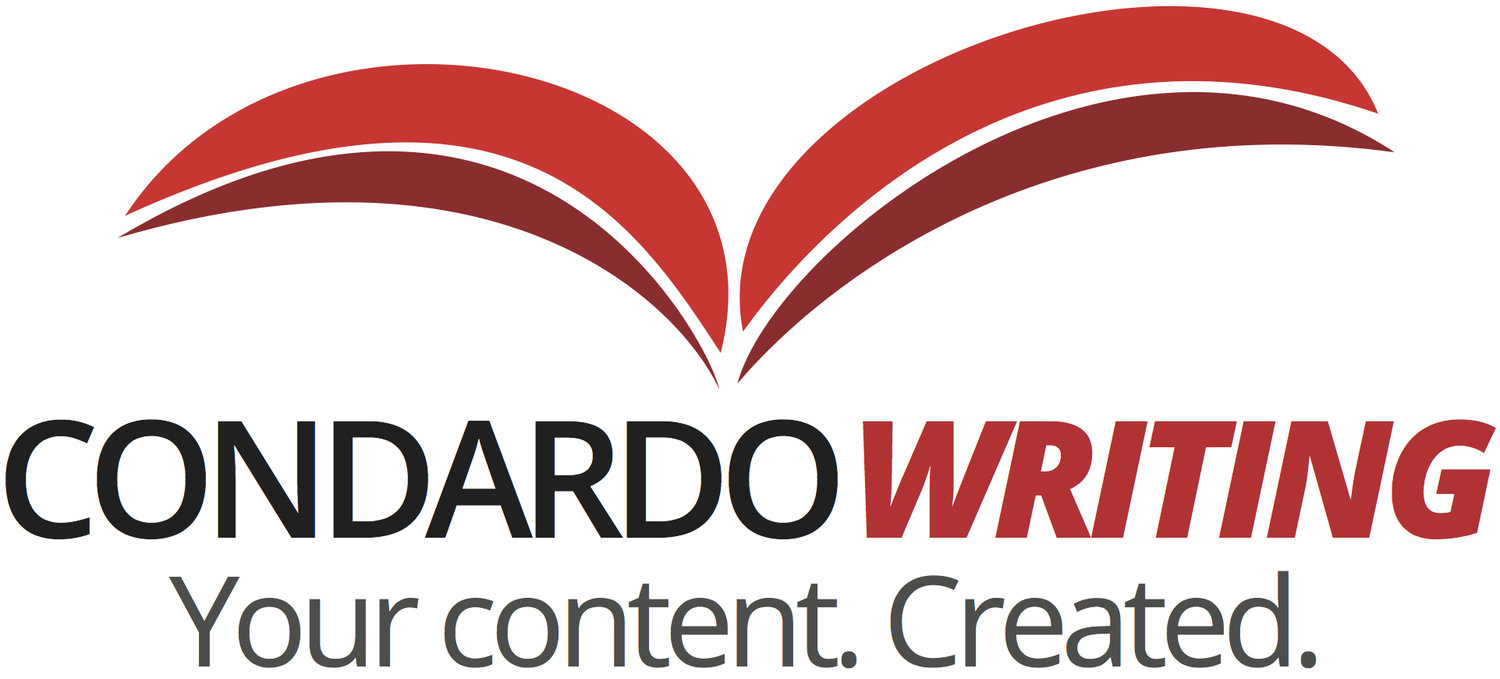Anyone involved with SEO knows that chasing the latest search engine algorithms to improve results can be frustrating. Google changes its algorithm 500-600 times a year - sometimes making minor tweaks and other times doing major overhauls. While using keywords to optimize your content is still solid strategy, many experts feel the best way to rank high in search results is to produce engaging, compelling content written for people, not search engines. Ok, that sounds good. But the term gets thrown around a lot. What exactly IS "engaging, compelling content" and how do you create it?
Here are three suggestions.
1. Talk about your readers, not about you
Loquacious former Red Sox first baseman Kevin Millar who never met a microphone he didn't like once famously said, "Enough about me. Let's talk about me." Unfortunately, that's the attitude of many marketers and content creators who think website visitors are surfing through your site trying to find out about the great things your business is doing. Hint: they aren't necessarily impressed by your latest award, hire, or fancy new building. They really want to know how you're going to help them.
For example, take this blog post from Hayes Management Consulting. Instead of telling you what an effective job they do when consulting with health care organizations or how many engagements they've had, they provide a concise, "nuts and bolts" roadmap on four specific things to focus on when preparing for a new IT system implementation.
When you sit down to bang out some copy, picture your reader asking "what's in it for me?"
2. Answer a question your readers may have
Most people scramble through over-scheduled lives and aren't spending much time simply browsing around aimlessly. When they plug a term into a search engine, they're looking for information on specific questions. You can stand out by providing the answer. Most of my blog posts come from questions clients have asked me. For example, in multiple discussions, people wanted to know the difference between an eBook and a white paper. It's a great question and I answered it with this blog post.
I'm sure you remember back in school when the teacher would say,"The only stupid question is the one that isn't asked" or "You probably aren't the only one who wants to ask this question." It's the same thing with prospects and customers. If one of them asks you a question, chances are ten others are looking for the same answer. That's a perfect opportunity to create a blog post, eBook, or white paper.
3. Help your readers do their jobs
Everyone is reaching out for help in some area of their working life. Providing that assistance gives you a leg up on landing more business and keeping the customers you have. For instance, you might want to help people looking to produce content that gets read and drives more traffic to their site by showing them how to create compelling content. See what I did there? Or you may want to offer some tips on a process that can increase their productivity or enhance the quality of their work.
For example, I deal with many people responsible for producing content for their organizations. While creating content is the only thing I do, their plates are usually overflowing with many other responsibilities. That's why they call me when they need help with their writing needs. But as everyone knows, delegating tasks can sometimes create more work if not done properly. To help solve that problem for my clients, I wrote this blog post on nine specific steps to take to get the content you want out of a copywriter. This provides them with a checklist for an efficient process that will help lighten their workload, not add to it.
So what's the best way to create engaging, compelling content? It comes down to the basics: create content that's interesting and helpful and people will pay attention.
How are you tackling the challenge of creating compelling content?




